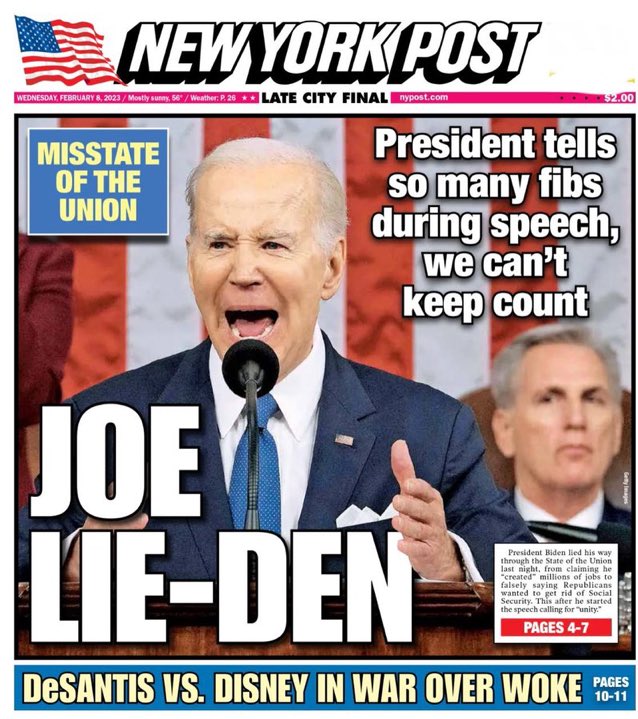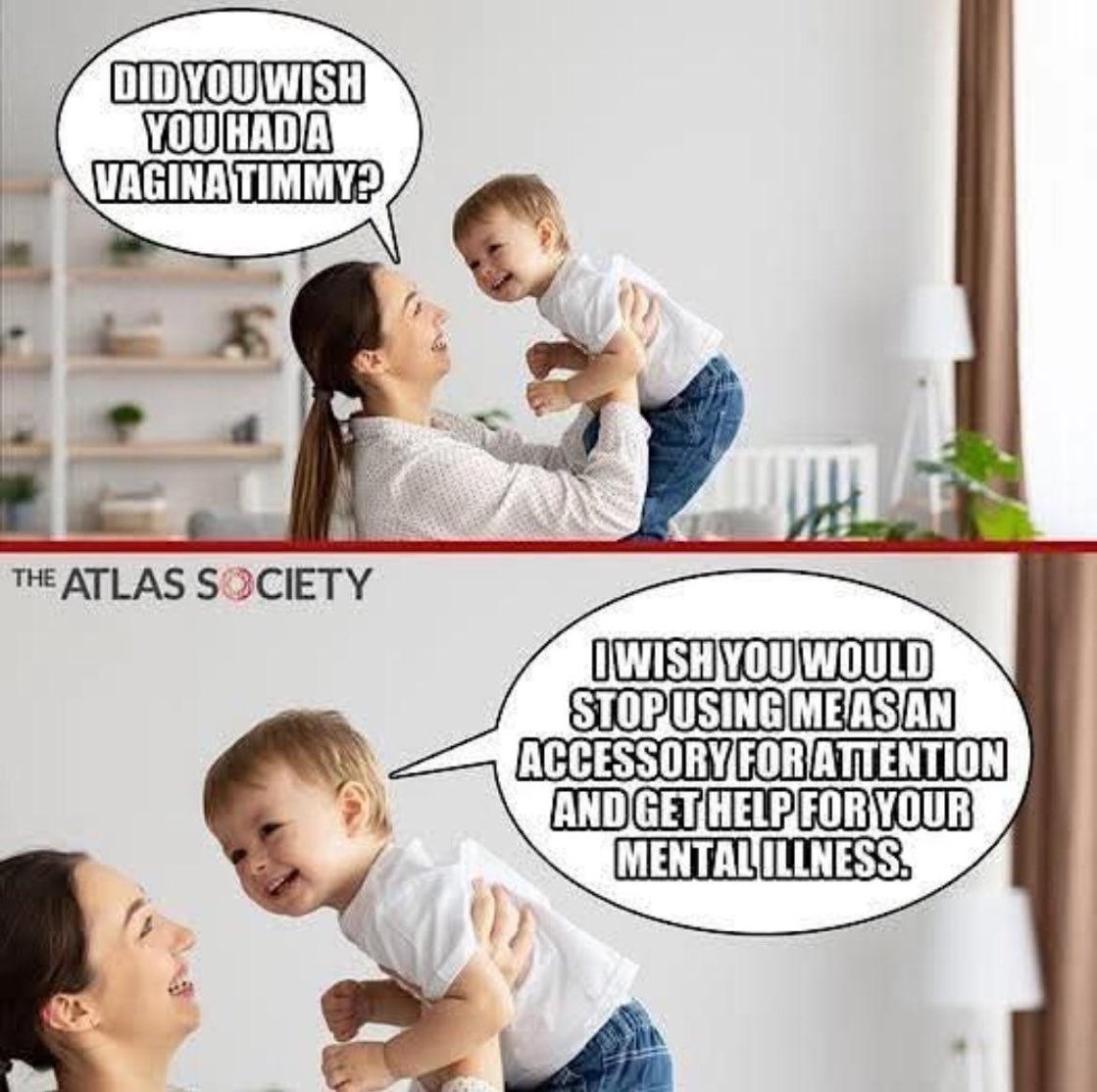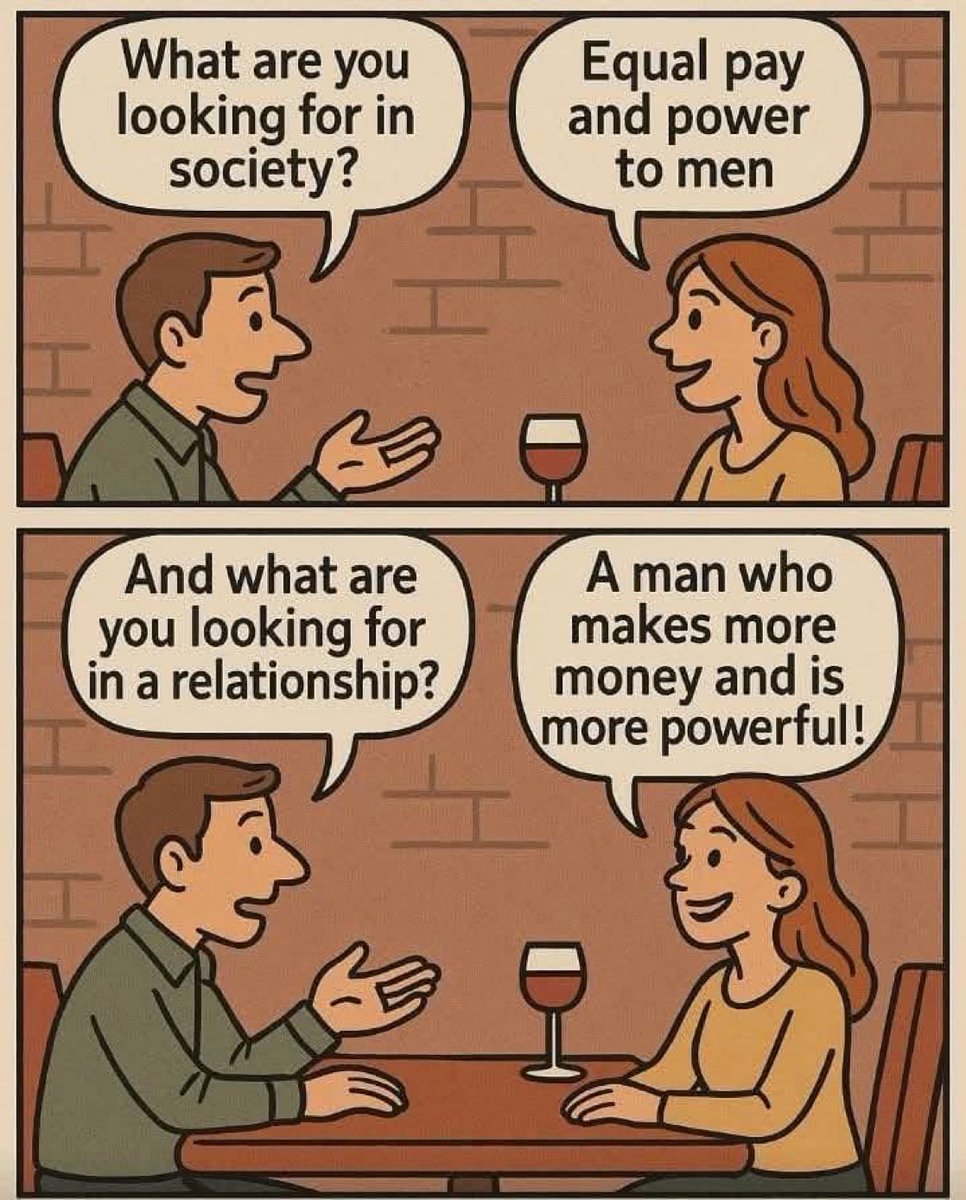REPORTER: How many stolen classified docs have been found at Biden properties?"
KJP: "I would refer you to the White House Counsel's Office"
REPORTER: They just declined to comment
KJP: "Well, there you go. You got your answer."
THATS YOUR DEMOCRACY
KJP: "I would refer you to the White House Counsel's Office"
REPORTER: They just declined to comment
KJP: "Well, there you go. You got your answer."
THATS YOUR DEMOCRACY
Here’s a prev thread on your favorite politicians and their corrupt politics
https://twitter.com/DeepBlueCrypto/status/1615257096332754945
🚨🚨 TRUTH 🚨🚨
Money is the root of all evil. Pharma buys off congress, no action on vaccine side effects & #suddendeaths
Money is the root of all evil. Pharma buys off congress, no action on vaccine side effects & #suddendeaths

First they said laptop was Russian disinformation campaign.
Then they got 52 FBI officials to sign off on that Russian lie.
Then they said it’s all a Republican hoax to undermine their power.
Now he’s claiming it’s his & blaming Republicans for leaking his private information.
Then they got 52 FBI officials to sign off on that Russian lie.
Then they said it’s all a Republican hoax to undermine their power.
Now he’s claiming it’s his & blaming Republicans for leaking his private information.

Fox News Tucker Carlson calls out Lindsey Graham a Republican to be a snake who plays both sides. I don’t see any media channel doing the same for democrats in our country. What does this mean… most media is leftist
https://twitter.com/ColumbiaBugle/status/1620980753696804871
Stop this man from driving us and the entire world mad… he needs to be in a medical facility, not the White House
Tucker Carlson compared Mr. Hunter Biden to the likes of Mr. Uday Hussein and Mr. Qusay Hussein the infamous sons of Mr. Saddam Hussein.
Apparently it’s a crime to mention his laptop right now in the Capitol. He’s sending cease & desist letters across.
Apparently it’s a crime to mention his laptop right now in the Capitol. He’s sending cease & desist letters across.
Biden says he takes no responsibility for inflation, says it was there when he arrived in office.
Here you go Mr. Biden…
Here you go Mr. Biden…

China 🇨🇳 knows that…
⚫️ they can fly a spy balloon over our air space
⚫️ they own our manufacturing sector and dominate our supply chains
⚫️ they own our data, our politicians & our strategic lands
⚫️ they dominate #RareEarth minerals
USA — #GoWokeGoBroke
⚫️ they can fly a spy balloon over our air space
⚫️ they own our manufacturing sector and dominate our supply chains
⚫️ they own our data, our politicians & our strategic lands
⚫️ they dominate #RareEarth minerals
USA — #GoWokeGoBroke

Hunter Biden and his family received from the Chinese businessmen to the tune of $31 million at the very least.
Nothing surprises me anymore.
Nothing surprises me anymore.
https://twitter.com/kanekoathegreat/status/1614794446897577985
If Donald Trump Jr. did all this and was involved in millions of dollars in Ukraine scams he’d have been convicted and in prison right now
https://twitter.com/MachiavelliMemz/status/1622070422710755335/video/1
"MAKE NO MISTAKE! If you try anything to raise the cost of frisizhnjubs I will veto it."
ITS SO SAD DEMOCRATS CHEER FOR ANYTHING REMOTELY ANGRY THAT COMES OUT OF BIDEN’S MOUTH EVEN IF ITS GIBBERISH
ITS SO SAD DEMOCRATS CHEER FOR ANYTHING REMOTELY ANGRY THAT COMES OUT OF BIDEN’S MOUTH EVEN IF ITS GIBBERISH
#BuildBackBetter is doing great 

The #WestSwing 

• • •
Missing some Tweet in this thread? You can try to
force a refresh



































